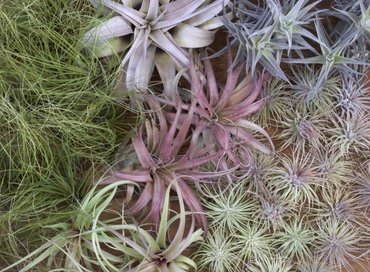- Home
- Join us! Membership
-
Meetings/Events
- Past: July 2024
- Past: May in the Garden
- Past: April 2024
- Past: February 2024
- Past: January 2024
- Past: December 2023
- Past: Nov. 2023
- Past: Oct. 2023
- Past: Sept. 2023
- Past: July 2023
- Past: May Tour
- Past: June 10-11 Show & Sale
- Past: April 2023
- Past: March 2023
- Past: February 2023
- Past: January 2023
- Past: Oct. 2022
- Past: Sept. 2022
- June Show & Sale Balboa Park
- Past: May 2022
- World Brom Conference 2022
- Past: April 2022
- Past: March 2022
- Past: Feb 2022
- Past: Dec. 2021 Plant Sale
- Past: Dec 2021
- Past: Nov 2021
- Past: Expo at SD Botanic Garden
- Past: August 2021
- Past: July 2021
- Past June 2021
- Past: May 2021
- Past: April '21
- past: March '21
- past: February '21
- past: January '21
- Past: December
- Past: October
- Past: September
- Past: November
- August Coffee in the Brom Garden
- Past Newsletters
- Videos
- About Us/Past Events
- Bromeliad Genera
- Links
- Growing Tips
The climate of Southern California is particularly friendly to bromeliad culture. This is one of the best areas in the world to grow them. They will grow in the yard in sun or shade and in the lath house or greenhouse.
These are plants that are relatively easy to grow and require limited water or fertilizer. Terrestrial bromeliads fit in well with succulent gardens, and many bromeliads will fit in with modern, eclectic or tropical garden styles. The inflorescence (the brightly colored part that holds the flowers) can often last for months.
Once most of the bromeliads have reached maturity after flowering, offshoots will emerge and grow alongside of the “mother” plant. Once these “pups” are about 1/3 to 1/2 the size of the mother plant, they can be separated and grown-on (or be given to friends and family!)
These are plants that are relatively easy to grow and require limited water or fertilizer. Terrestrial bromeliads fit in well with succulent gardens, and many bromeliads will fit in with modern, eclectic or tropical garden styles. The inflorescence (the brightly colored part that holds the flowers) can often last for months.
Once most of the bromeliads have reached maturity after flowering, offshoots will emerge and grow alongside of the “mother” plant. Once these “pups” are about 1/3 to 1/2 the size of the mother plant, they can be separated and grown-on (or be given to friends and family!)
|
Bromeliads have simple requirements:
|
- Home
- Join us! Membership
-
Meetings/Events
- Past: July 2024
- Past: May in the Garden
- Past: April 2024
- Past: February 2024
- Past: January 2024
- Past: December 2023
- Past: Nov. 2023
- Past: Oct. 2023
- Past: Sept. 2023
- Past: July 2023
- Past: May Tour
- Past: June 10-11 Show & Sale
- Past: April 2023
- Past: March 2023
- Past: February 2023
- Past: January 2023
- Past: Oct. 2022
- Past: Sept. 2022
- June Show & Sale Balboa Park
- Past: May 2022
- World Brom Conference 2022
- Past: April 2022
- Past: March 2022
- Past: Feb 2022
- Past: Dec. 2021 Plant Sale
- Past: Dec 2021
- Past: Nov 2021
- Past: Expo at SD Botanic Garden
- Past: August 2021
- Past: July 2021
- Past June 2021
- Past: May 2021
- Past: April '21
- past: March '21
- past: February '21
- past: January '21
- Past: December
- Past: October
- Past: September
- Past: November
- August Coffee in the Brom Garden
- Past Newsletters
- Videos
- About Us/Past Events
- Bromeliad Genera
- Links
- Growing Tips

